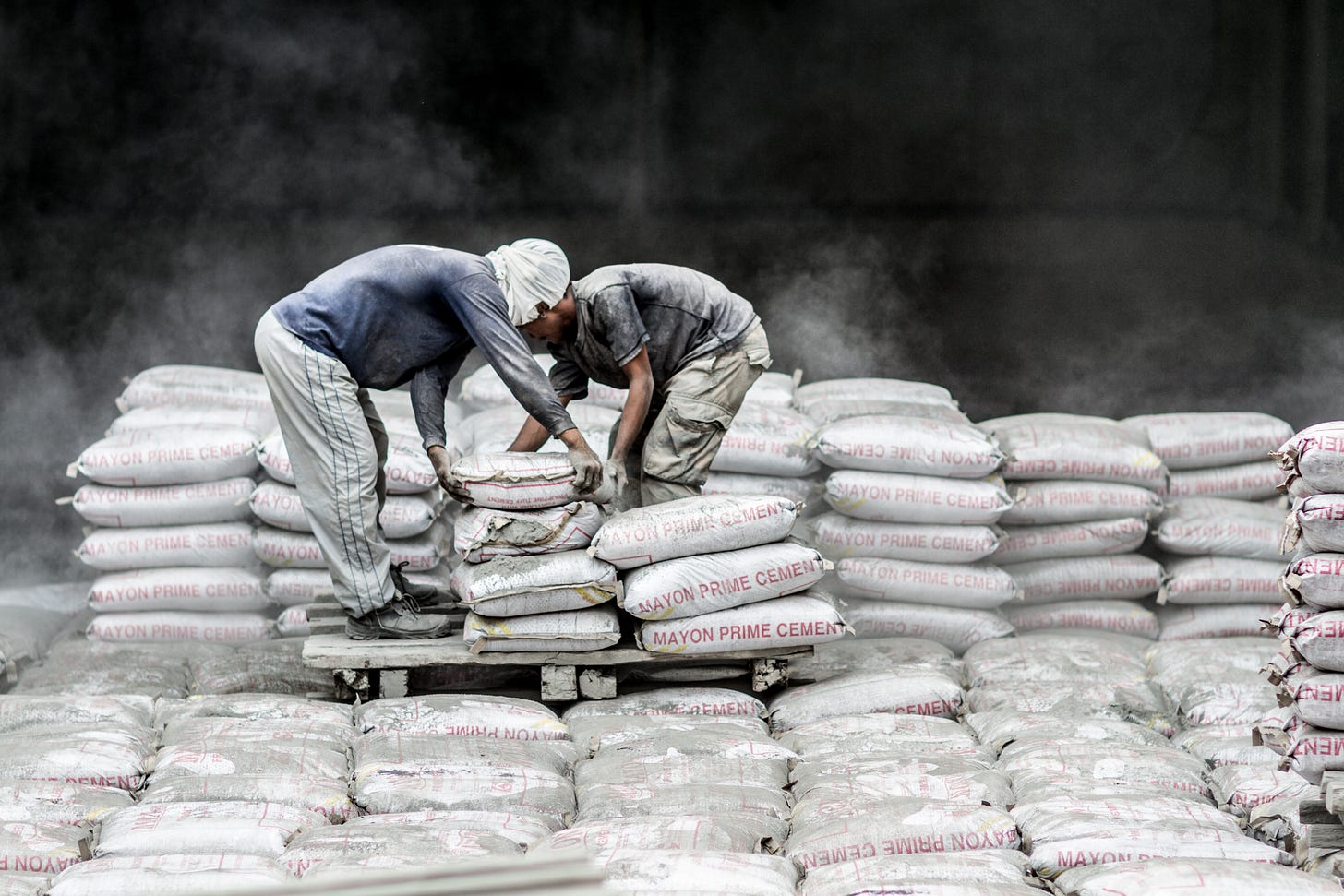Chile: a hub for green hydrogen?
The Atacama Desert might help Chile shift from being a net energy importer, to a clean energy exporter.
Today, hydrogen is widely used in many industries as feedstock or a source of energy. Food, chemicals, fertilisers and plastics production are some industries where hydrogen plays a major role as a raw material. It’s conceived as being particularly crucial as we move towards zero emissions, and try to solve the green energy storage dilemma.
Right now, 95% of hydrogen production still involves fossil fuels and releases contaminant gases like CO and CO2. But the race is on to deliver totally ‘green’ hydrogen.

What will it take?
Green hydrogen is basically hydrogen produced with renewable energy, e.g. solar or wind.
Hydrogen is made via a chemical reaction called electrolysis, where water breaks down into the two elements that form this molecule: hydrogen and oxygen. But in order for this to occur, energy must be supplied to the system. For the resulting hydrogen to be ‘green’, the energy supplied must come from renewable energies. If fossil fuels are used instead, it’s called ‘grey’ hydrogen.
After production, green hydrogen can be stored and used for the opposite chemical reaction, in which hydrogen is bonded with oxygen to form water.
This reaction releases energy that can be stored, transported and used in multiple ways. It’s notably useful in industries that demand huge amounts of energy: like steel and cement production, and aviation. Ensuring the necessary amount of energy was available on tap would require a vast number of batteries. As things stand, our batteries aren’t quite sophisticated enough.
Green hydrogen could fill this gap – allowing for the decarbonisation of some industries it’s just not possible to electrify.

Chile’s role
In order to produce huge amounts of green hydrogen, we need renewable energy. A lot of it. And Chile has just that.
Chile’s Minister of Energy said that the country’s renewable energy potential is equivalent to 70 times the current installed capacity. This is because Chile's Atacama Desert has been shown to have the highest long term solar irradiance of any place on Earth.
With 60 ongoing projects, Chile is on its way to becoming one of the world leaders in green hydrogen production and clean energy exports.
In addition to this, it has announced several projects related to the food and chemical industry – which currently use grey hydrogen as a raw material. These include green ammonia and green methanol production plants.

As of November this year, Chile has, according to Minister of Energy Juan Carlos Jobet, signed agreements with Amberes Port (Belgium), and the Ports of Rotterdam and Singapore, in order to create strong alliances for hydrogen exports in the future.
Andrea Moraga Paredes – managing director of Continua Soluciones and Executive director of H2 Chile - told Ours to Save about the main obstacles that stand in the way of green hydrogen production in Chile:
“The main barrier we are facing today is that the hydrogen economy is still in process. Today, green hydrogen prices are not competitive enough to replace other fuels. Financing is key to overcome this, but also a reduction in the prices of renewable energies and electrolysers.”

She also talked about the immense potential of Chile in the green hydrogen industry;
“Because Chile is a narrow country with a such a large coast, there is already a developed port infrastructure that can be used for the energy business. All hydrogen generation points are close to the port areas.”
She added:
“When we talk about renewable energies, Chile has been said to be the best country to invest in.”
“This is not only because of its geophysical conditions, but also because of its strong green hydrogen development policies and energy regulations oriented to the international market.”
Belén Silva is a Chemical Engineer from Buenos Aires, Argentina. She works as a freelance environmental consultant and writer. You can keep up with her work via Instagram, YouTube or her blog, Idonella.


